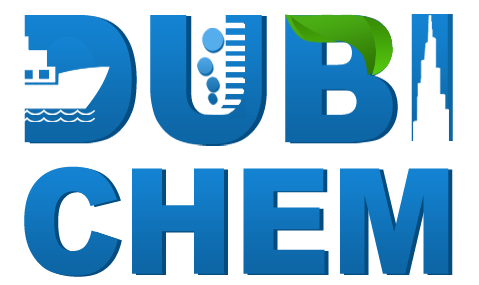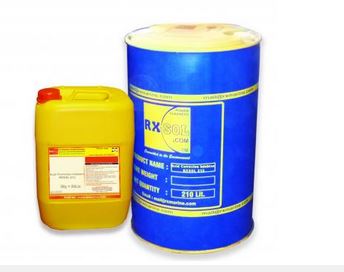25 Kgs
The fine particle-size-distribution of zinc carbonate results in a maximum amount of surface area for fast, efficient sulfide scavenging and is effective in water-base and oil- or synthetic-base fluids.
Under operating conditions, zinc carbonate reacts with sulfides to form zinc sulfide (ZnS), which has an extremely low solubility in water (0.0096 g/mL). Drilling fluids should not be acidified; otherwise, hydrogen sulfide could be liberated.
zinc carbonate is effective as a scavenger at the pH levels found in drilling fluids. It is recommended that a pH above 10 be maintainedb whenever H2S is expected. This high alkalinity converts the dangerous H2S gas to less toxic bisulfide (HS-) and sulfide (S2-) ions. The alkaline pH (>10) allows an extra margin of safety.
Limitations
• Flocculation can occur in lightly treated water-base mud systems
Toxicity and Handling
Bioassay information is available upon request.
Handle as an industrial chemical, wearing protective equipment and observing the precautions described in the Material Safety Data Sheet (MSDS).
Typical Physical Properties
| Physical appearance | White powder |
| Specific gravity |
3.5 |
| Zinc content | 55% minimum |
| Solubility in water |
Insoluble |
Packaging and Storage
zinc carbonate is packaged in multi-wall, paper sacks; packing container sizes will vary based on local area of purchase.
Store in a dry location away from sources of heat or ignition, and minimize dust.
The initial treatment of zinc carbonate is usually 1.5 to 3 lb/bbl (3.75 to 8.0 kg/m3), depending on requirements. Subsequent field treatments should be based on approximately 1 lb/bbl (2.85 kg/m3) of zinc carbonate per 800 mg/L of sulfides detected.
One hundred kilograms (kg) of zinc carbonate reacts with approximately 25 kg of hydrogen sulfide. Use a Garrett Gas Train and proper Dräger tubes to measure the sulfide content. Zinccarbonate scavenger should be added through the hopper.
The product has a fine particle size and good dispersibility which minimizes reaction time. The use of excessively high pH (>11.5) should be avoided when using zinc carbonate scavenger in water-base fluids, as extreme viscosity increases are likely.
• Is not pH-dependent; it is effective at alkaline pH, such as 10 to 11, whereas iron materials are less so
• Helps remove the hazard of dangerous H2S gas escaping to the surface
• Lessens the possibility of hydrogen embrittlement occurring on downhole tubulars
• zinc carbonate can be used in oil- and synthetic-base fluids, but pilot testing is recommended
As a Hydrogen Sulfide Scavenger, ZINC CARBONATE Must be used in a fluid with pH higher than 9-10 (alkaline media) for effective removal of hydrogen sulfide
Zinc Carbonate manufacturer supplier distributor in Mumbai, Kandla, Kolkata, Vizag, Chennai, India, Fujairah, Dubai UAE, Muscat Oman, Kenya Africa. Get the best quality of Zinc Carbonate at a competitive price from us. We have ready stock of Zinc Carbonate in India, UAE Gulf, Oman, Kenya Africa. Contact us for bulk as well as small orders.

